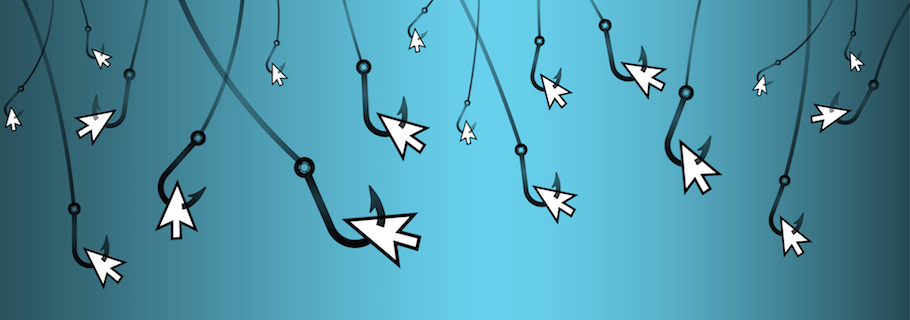Click-bait is seen as an obstruction of progress. It has no express purpose other than to fool readers using a combination of sensationalism, confusion and ridiculous exaggeration. In the world of journalism, click-bait is the enemy. It is branded as ‘yellow-journalism,’ and is, in a credible industry, an element that should be uprooted and removed immediately.
However, in the world of art, something that conveys negative principals, something offensive or deceptive, has immeasurable value. It may be obscene, but I would argue that click-bait, in the right context, is a form of art. Here’s why:
Art is about many things. It evokes emotions, it educates the viewer, it showcases fragments of reality that otherwise would go unnoticed. Click-bait does all of this, and it does all of this exceptionally well. It might not be a typical art form. It’s not a pretty picture, or an epic ballad. Click-bait is a culmination of several non-traditional art forms; many of which are more of an acquired taste.
Different styles of art might actually focus on aspects that, in most contexts, are negative. The over-exaggeration of click-bait is an excellent example of caricature. The stretching of the truth, the actual ‘bait,’ is in some senses surrealism. In a way, it could even be characterized as a medium for propaganda (one of my favourite forms of art).
If you have some level of distance from the initial overwhelming emotions of confusion and irritation, click-bait could be seen as a beautiful form of trickery. It eternally poses the philosophical question of why? Why did I click on this? Why is there a demographic for this? Why does this even exist? Click-bait might actually beget a renaissance in critical thinking, and wouldn’t that be cool.
In some circles, click-bait is already recognized as a clear satire. There are numerous websites entirely dedicated to using click-bait as humor. Among these sites is ClickHole, a 3-year-old subdivision from The Onion that parodies websites like Buzzfeed or Upworthy.
While some content ClickHole produces is meant to initially deceive readers until they read a few paragraphs, something like: “Inspiring: This Non-Profit Helps Former Prisoners Find Jobs By Covering Up Their Face Tattoos With Business Tattoos.” Many other articles are blatant mockeries of the typical click-bait headlines: “7 Things You Have To Do While Attending Your Own Funeral In Disguise.”

No comments:
Post a Comment